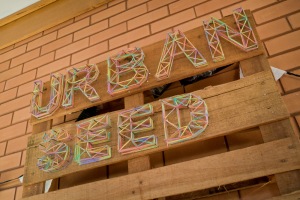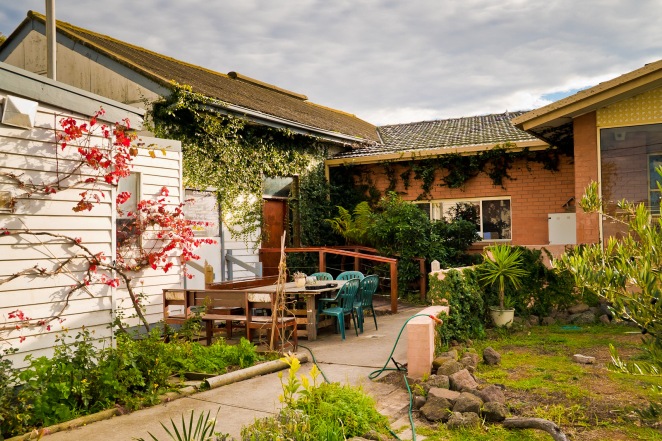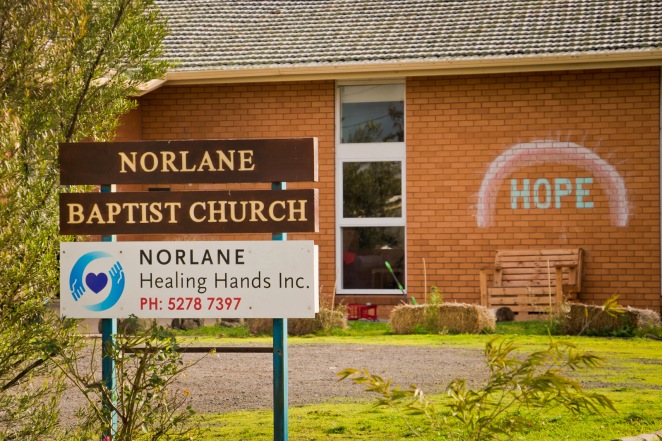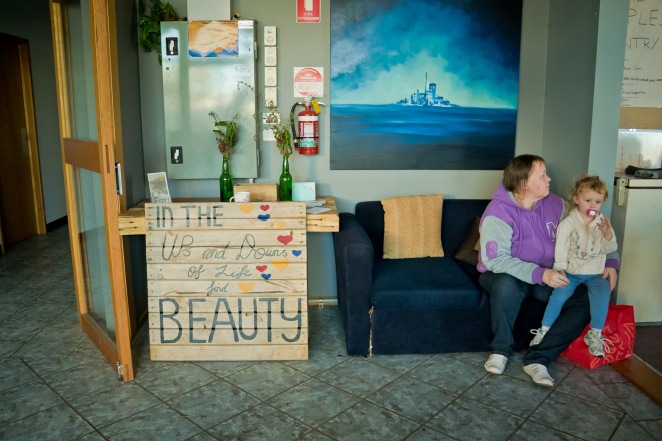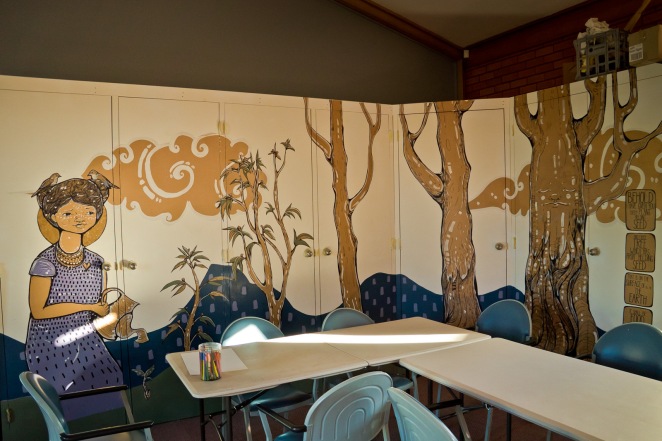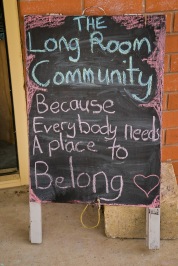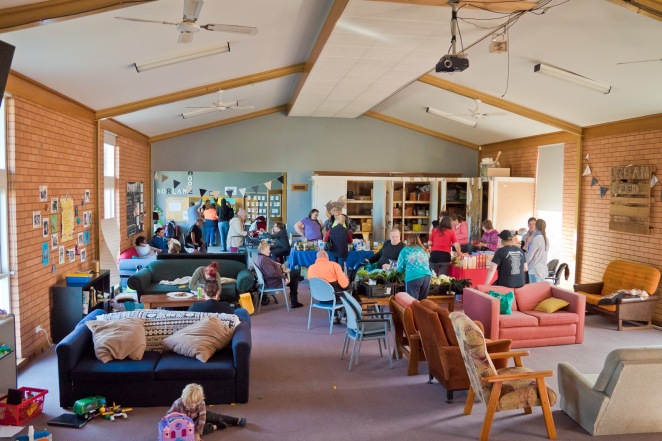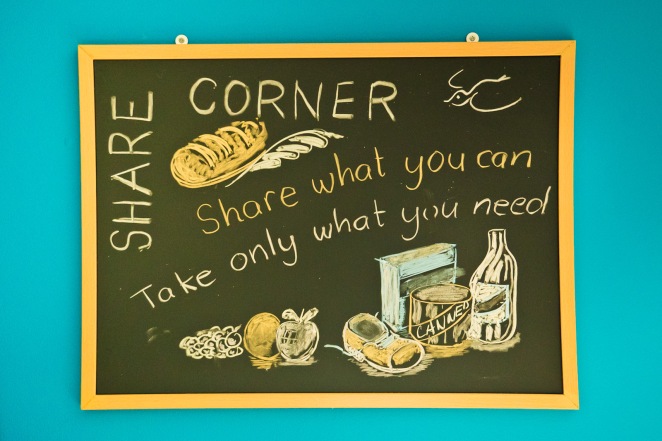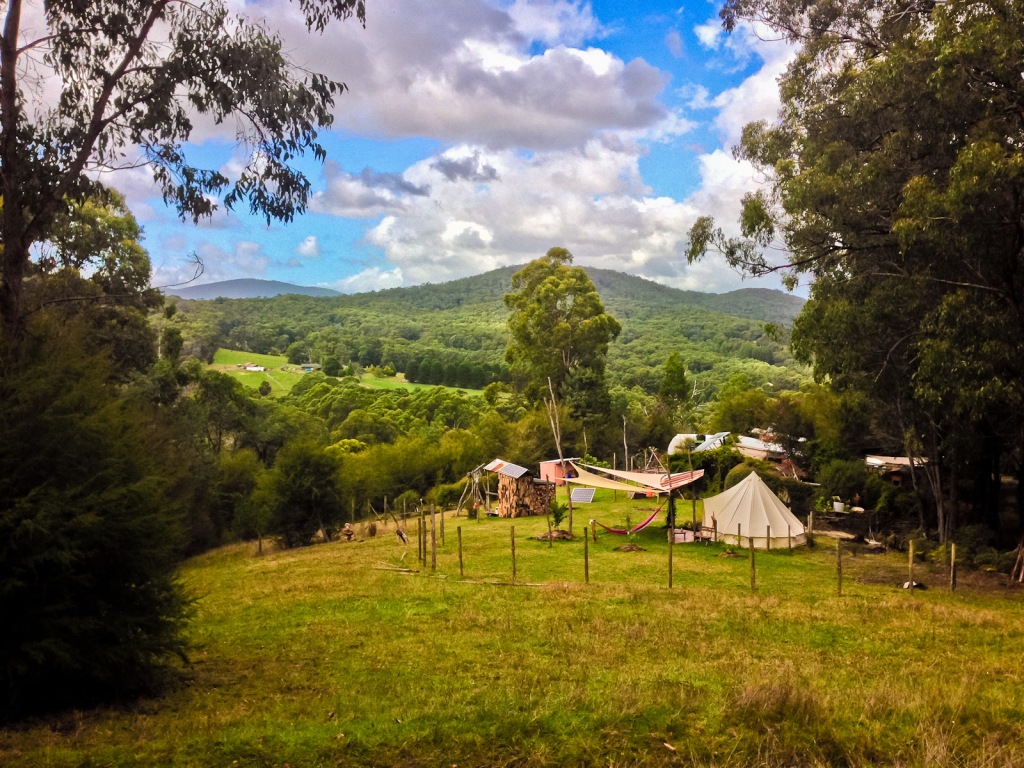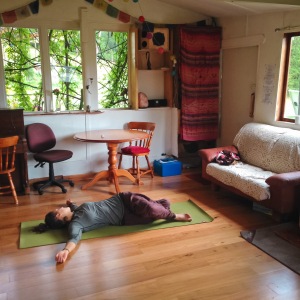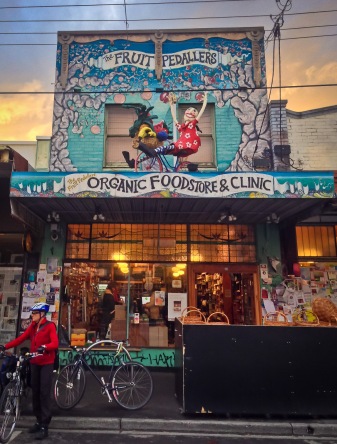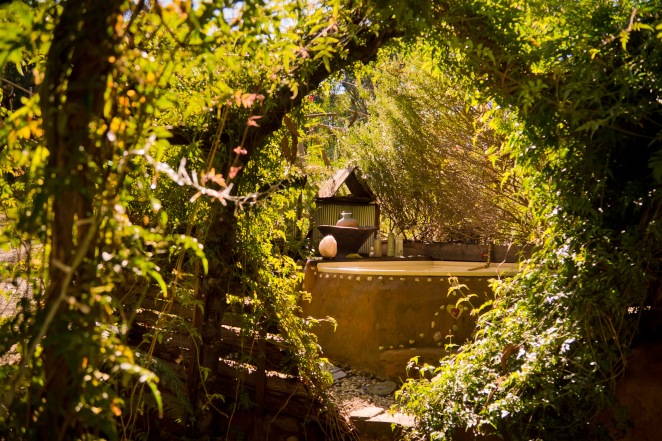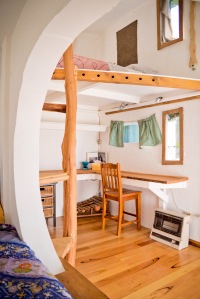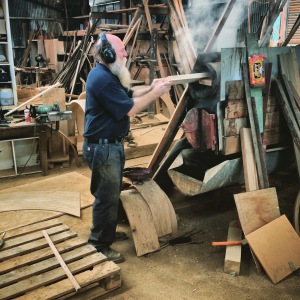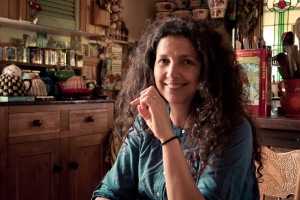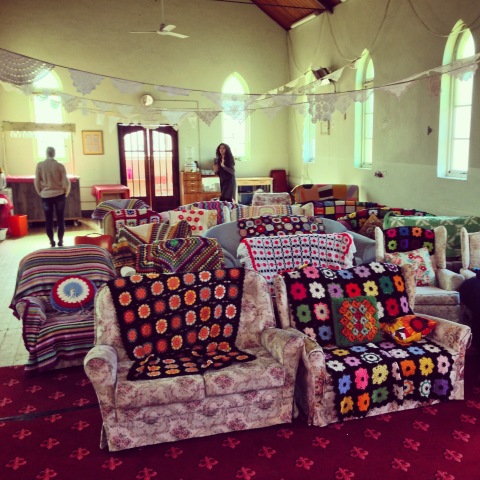I am sitting on a daybed on the balcony of our hand-built rustic accommodation, overlooking a lush scene of trees in all directions, a simple track and nearby hill that makes up the rainforest valley we’re in. However, it is not the visual setting I’m focused on but rather the melodic sounds of the rainforest – those wet, rich, echoing tones of exotic-sounding birds – chirping, whoooiiip!-ing and trilling – with a distant burble of water from a healthy creek. Down the rambling road, I see two people in aprons carrying big baskets filled with fresh produce walking back from a series of bountyful gardens just beyond. Not only is it a signal to me to take a moment and absorb the healthiness, beauty and tranquility of this location but it is a reminder that this is the norm for this intentional community, and not just some temporary getaway for distant travellers like ourselves.
As a born and bred city-goer, I have in the past convinced myself that I was more “at home” in the city, with the so-called conveniences, the comforting ever-present drone of traffic in the distance, and the neatly partitioned off spaces delineating all facets of life so we know who’s-is-whose and culturally how to behave. These travels to intentional communities are, for now, a temporary peek into the way others live, but ultimately I expect to return to a city, even if there are elements that grate against my being. It is simply what I am used to. 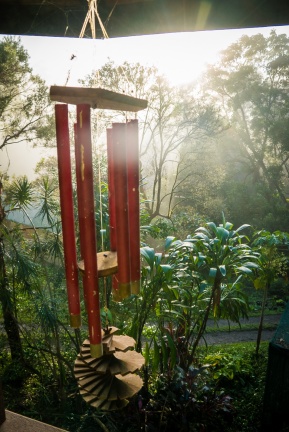 These communities are just foreign places where a different breed of people live, and I think of the inhabitants as “the lucky few” who are able to get away with this lifestyle while the rest of us muck about in uncreative suburbs and traffic congestion.
These communities are just foreign places where a different breed of people live, and I think of the inhabitants as “the lucky few” who are able to get away with this lifestyle while the rest of us muck about in uncreative suburbs and traffic congestion.
However, a tipping point is nearing, I believe. I am also beginning to feel like I speak into the same line of thinking and ideals that the people that we meet in these communities now. I need to stop portraying myself as a wishful dreamer and more of a participant-in-training, transitioning to this new life…not if, but when. When I see so many people with multiple practical skills – some of which may seem to have died out or have become unnecessary in modern life – I feel unqualified to be considering such a move. I don’t know how to grow food very well. What can I build besides furniture out of pallet wood? Could I hook up an off-grid solar system myself? How do I identify all the plants or snakes that could kill me? How do you know when you have to appease local councils with something on your land? Doubts creep in.
Sure, I can go on the internet and learn some of these things over time, but the virtue of a community is that all the many skills needed are often supplied by your community members, or you muddle through as a group and figure things out together. Many of the people we encounter seem like ordinary folks (many who have come from cities too) who have had lots of time to try things out and collectively learn these interesting skills. Plus the welcoming, non-judgemental attitude of members helps soften the worrying like the “will they accept a useless sod like me” thoughts that crop up too. Given that most communities we’ve experienced have a trial period (essential for both parties to feel if they will fit), if you simply come with a positive, respectful and can-do attitude, my guess is that most communities will love to have you in due time.
I can’t speak for what other people’s barriers would be to potentially living in a way that allows you to feel liberated from the constraints and pressures of mainstream society, but mine are: acceptance, expectations and relationships. Returning back to my view of the rainforest and the birds, another barrier might be “am I allowed to live in such a wonderful place? Isn’t life supposed to be busy and stressful with hard edges, like in a city?”. It’s that idea that I am not deserving of this. That voice in the back of your head that suggests that it is “time to grow up and be an adult” which I interpret to mean: “hippies, activists and lay-abouts live in rainforests and aren’t productive members of society.” I am finally starting to dispense of this myth. Sure, we need doctors, engineers and lawyers (wait, do we really need lawyers?) in our world, but more importantly, we need folks of all types that have a greater say in how mainstream life should play out. There is an equitable, respectful and trust-filled existence in community that truly needs to pervade our society and show folks that life can look and work very different than it currently does.
I believe we can all live in cities that resemble rainforests, so that we all can cherish life more than dreading many parts of it.
I believe that intentional communities are the model by which this can happen and in the meantime, I’m excited to say that I feel ready to transition into this brave new world.

Check out the rest of my journey on our 2016 Intentional Community trip.
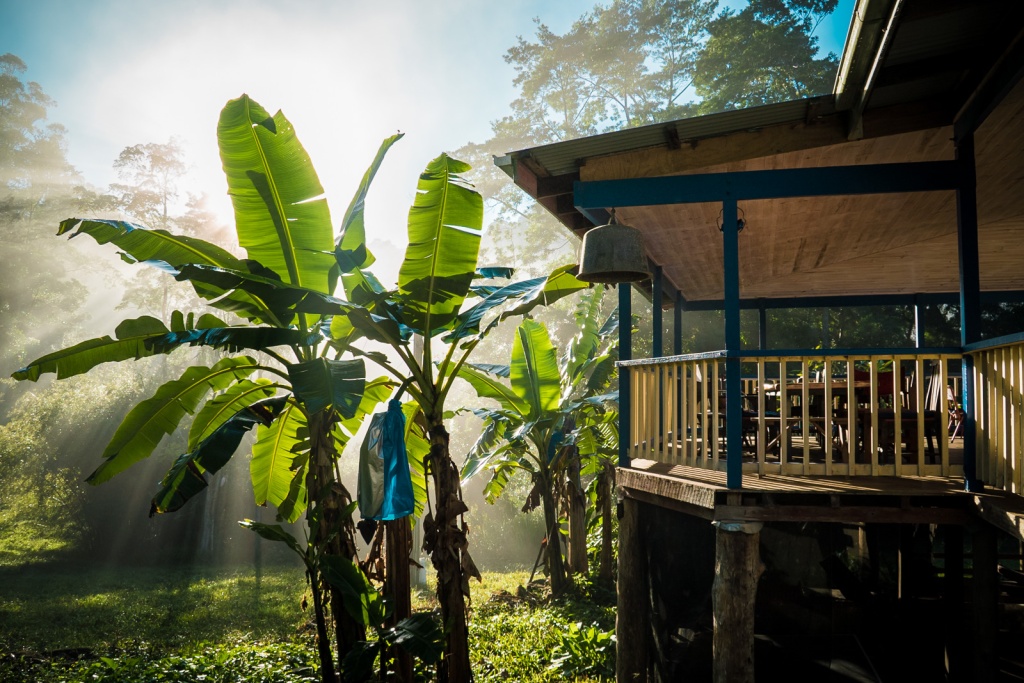








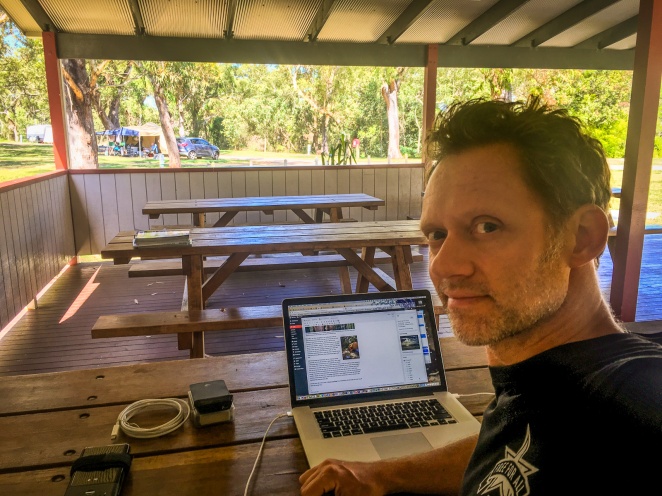

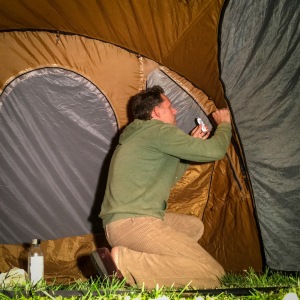 A few days before that, I indiscriminately grabbed boxes of camping gear from our long-term storage, and packed them into our car without even looking inside them to check everything was there. Thinking of this now confirms to me the somewhat blasé nature of this current expedition we are embarking on compared to the “fanfare” of last year’s first trip. That’s not to say I am treating this trip lightly, but perhaps I am approaching it with a bit more knowledge and confidence in this life direction we’re learning about.
A few days before that, I indiscriminately grabbed boxes of camping gear from our long-term storage, and packed them into our car without even looking inside them to check everything was there. Thinking of this now confirms to me the somewhat blasé nature of this current expedition we are embarking on compared to the “fanfare” of last year’s first trip. That’s not to say I am treating this trip lightly, but perhaps I am approaching it with a bit more knowledge and confidence in this life direction we’re learning about.



